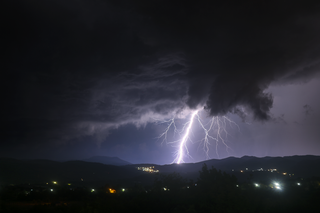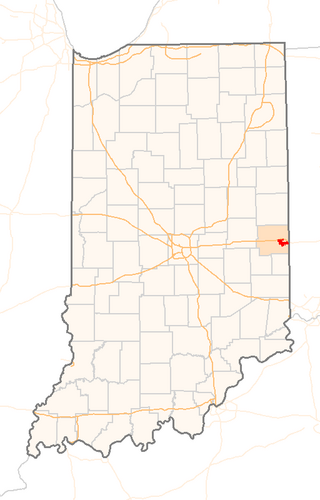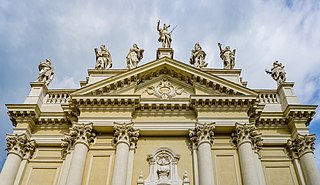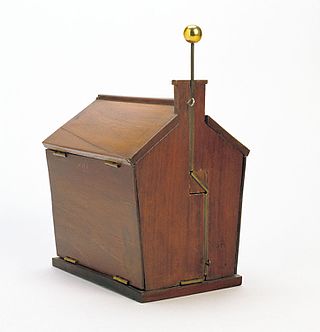Related Research Articles

Benjamin Franklin was an American polymath, a leading writer, scientist, inventor, statesman, diplomat, printer, publisher, and political philosopher. Among the most influential intellectuals of his time, Franklin was one of the Founding Fathers of the United States; a drafter and signer of the Declaration of Independence; and the first postmaster general.

1769 (MDCCLXIX) was a common year starting on Sunday of the Gregorian calendar and a common year starting on Thursday of the Julian calendar, the 1769th year of the Common Era (CE) and Anno Domini (AD) designations, the 769th year of the 2nd millennium, the 69th year of the 18th century, and the 10th and last year of the 1760s decade. As of the start of 1769, the Gregorian calendar was 11 days ahead of the Julian calendar, which remained in localized use until 1923.

Mason Chamberlin (1727–1787) was an English portrait painter, who was one of the founding members of the Royal Academy in 1768. He was a student of Francis Hayman. He is perhaps best remembered for his portrait of Benjamin Franklin.
A mining accident is an accident that occurs during the process of mining minerals or metals. Thousands of miners die from mining accidents each year, especially from underground coal mining, although accidents also occur in hard rock mining. Coal mining is considered much more hazardous than hard rock mining due to flat-lying rock strata, generally incompetent rock, the presence of methane gas, and coal dust. Most of the deaths these days occur in developing countries, and rural parts of developed countries where safety measures are not practiced as fully. A mining disaster is an incident where there are five or more fatalities.

Georg Wilhelm Richmann was a Russian physicist of Baltic German origin. Richmann did pioneering work on electricity, atmospheric electricity, and calorimetry. He died by electrocution in St. Petersburg when struck by apparent ball lightning produced by an experiment attempting to ground the electrical discharge from a storm.

A lightning strike or lightning bolt is a lightning event in which the electric discharge takes place between the atmosphere and the ground. Most originate in a cumulonimbus cloud and terminate on the ground, called cloud-to-ground (CG) lightning. A less common type of strike, ground-to-cloud (GC) lightning, is upward-propagating lightning initiated from a tall grounded object and reaching into the clouds. About 25% of all lightning events worldwide are strikes between the atmosphere and earth-bound objects. Most are intracloud (IC) lightning and cloud-to-cloud (CC), where discharges only occur high in the atmosphere. Lightning strikes the average commercial aircraft at least once a year, but modern engineering and design means this is rarely a problem. The movement of aircraft through clouds can even cause lightning strikes.
There have been many extremely large explosions, accidental and intentional, caused by modern high explosives, boiling liquid expanding vapour explosions (BLEVEs), older explosives such as gunpowder, volatile petroleum-based fuels such as gasoline, and other chemical reactions. This list contains the largest known examples, sorted by date. An unambiguous ranking in order of severity is not possible; a 1994 study by historian Jay White of 130 large explosions suggested that they need to be ranked by an overall effect of power, quantity, radius, loss of life and property destruction, but concluded that such rankings are difficult to assess.

The Richmond, Indiana, explosion was a double explosion in the United States in 1968. It occurred at 1:47 PM EST on April 6, in downtown Richmond, Indiana. The explosions killed 41 people and injured more than 150. The primary explosion was due to natural gas leaking from one or more faulty transmission lines under the Marting Arms sporting goods store, located on the southeast corner of the intersection of 6th and Main streets. A secondary explosion was caused by gunpowder stored inside the building.

A lightning rod or lightning conductor is a metal rod mounted on a structure and intended to protect the structure from a lightning strike. If lightning hits the structure, it is most likely to strike the rod and be conducted to ground through a wire, rather than passing through the structure, where it could start a fire or cause electrocution. Lightning rods are also called finials, air terminals, or strike termination devices.

Franklin bells are an early demonstration of electric charge designed to work with a Leyden jar or a lightning rod. Franklin bells are only a qualitative indicator of electric charge and were used for simple demonstrations rather than research. The bells are an adaptation to the first device that converted electrical energy into mechanical energy in the form of continuous mechanical motion: in this case, the moving of a bell clapper back and forth between two oppositely charged bells.

The church of Santi Nazaro e Celso is located on Corso Giacomo Matteotti, at the intersection with via Fratelli Bronzetti, in Brescia, Lombardy, Italy. The church contains the Averoldi Polyptych (1522), a masterwork of Titian.

Franklin's electrostatic machine is a high-voltage static electricity-generating device used by Benjamin Franklin in the mid-18th century for research into electrical phenomena. Its key components are a glass globe which turned on an axis via a crank, a cloth pad in contact with the spinning globe, a set of metal needles to conduct away the charge developed on the globe by its friction with the pad, and a Leyden jar – a high-voltage capacitor – to accumulate the charge. Franklin's experiments with the machine eventually led to new theories about electricity and inventing the lightning rod.

Brescia is a city and comune (municipality) in the region of Lombardy, in northern Italy. It is situated at the foot of the Alps, a few kilometers from the lakes Garda and Iseo. With a population of more than 200,000, it is the second largest city in Lombardy and the fourth largest in northwest Italy. The urban area of Brescia extends beyond the administrative city limits and has a population of 672,822, while over 1.5 million people live in its metropolitan area. The city is the administrative capital of the Province of Brescia, one of the largest in Italy, with over 1,200,000 inhabitants.

The thunder house is a scientific model invented by James Lind which gives a spectacular demonstration of the destructive effect of a lightning bolt striking a house with an imperfect lightning conductor.
The following is a timeline of the history of the city of Brescia in the Lombardy region of Italy.
The Tangerang fireworks disaster occurred on 26 October 2017 at the PT. Panca Buana Cahaya Sukses, a fireworks manufacturing factory in Kosambi, Tangerang, Indonesia. The explosion occurred in a warehouse connected to the factory and ignited a large fire. 103 people were working at the factory at the time of the explosion. At least 49 people were killed and 46 others were injured in the fireworks accident. Authorities confirmed that several people were still missing. It was the deadliest industrial accident in Indonesia.
The Secondigliano tragedy, better known as the Secondigliano abyss, was a disaster in January 1996 involving gas leak explosion that occurred in Naples, in the Secondigliano district, where a total of 11 people lost their lives.
References
- 1 2 3 4 Ubiali, Mario (20 April 2007). Il fulmine della notte di Sant’Elena, quibrescia.it (in Italian)
- 1 2 Newton, Sara (22 December 2008). 7 Disasters Caused by Lightning, Mental Floss
- ↑ Harris, W. Snow. On the nature of thunderstorms, p. 164 (1843)
- ↑ (December 1857). The Destructive Agency of Lightning No I - Gunpowder Explosions by Lightning, The Nautical Magazine , p. 659.
- ↑ Smith, John. A System of Modern Geography, Vol II, p. 466 (1811) (reporting lower death totals)
- ↑ Memoirs of the year two thousand five hundred (1795 US ed, p. 40)
- ↑ Ma che successe la notte del 18 agosto 1769? Archived 2016-12-20 at the Wayback Machine , bresciacity.it, Retrieved 13 April 2016
- ↑ Miller, Brandon Marie. Benjamin Franklin, American Genius, p. 72 (2010)